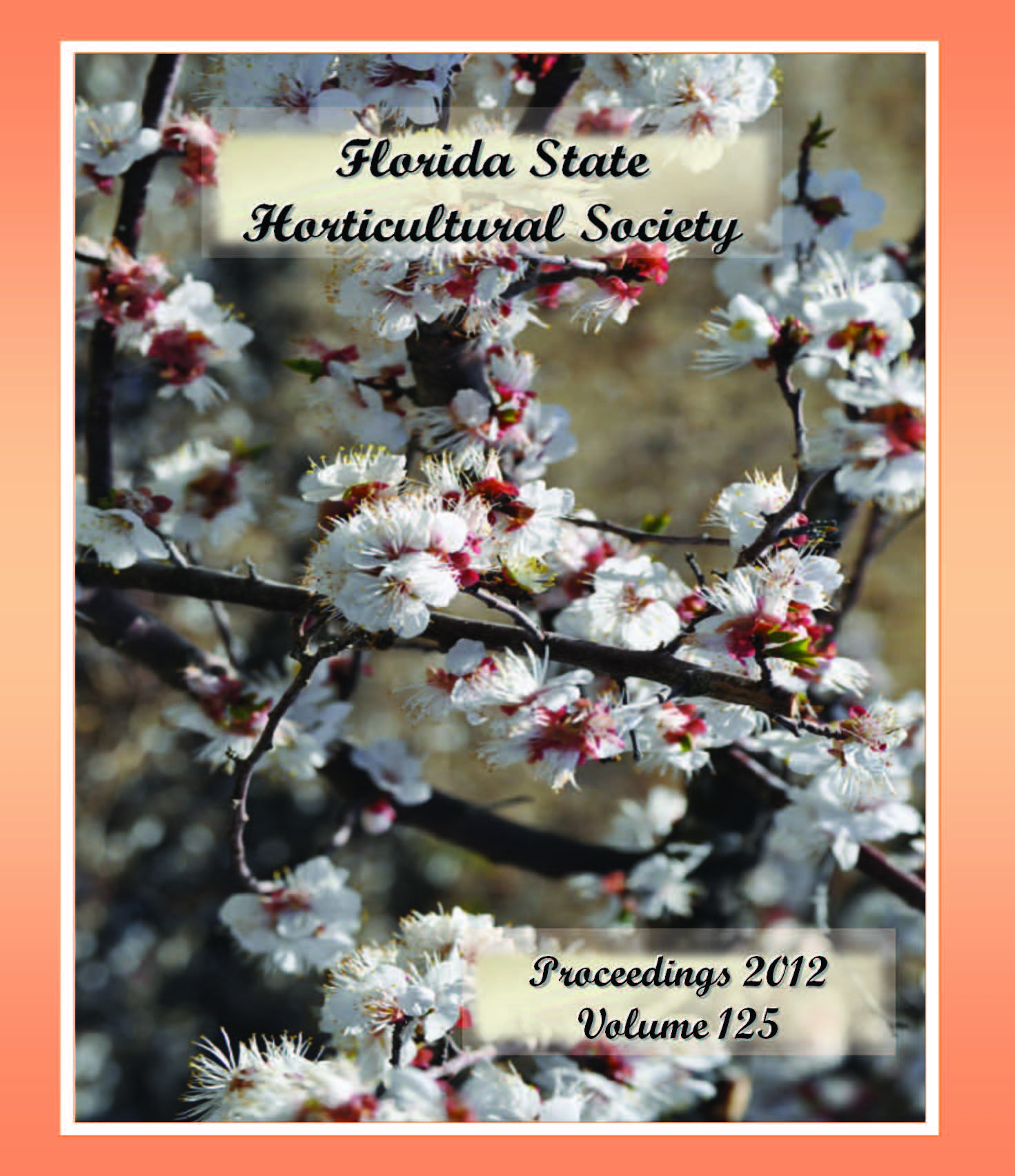Evolution of Citrus Disease Management Programs and Their Economic Implications: The Case of Florida’s Citrus Industry
Abstract
This paper focuses on the expanded costs of managing exotic citrus diseases as they become endemic or established within a citrus industry; Florida is used as an example. The Florida example begins before 2004 when citrus tristeza and blight-decline were the major disease problems. Average annual sprays were two for processed juice fruit and six sprays for fresh market grapefruit. After the 2004–05 hurricanes and the ending of the citrus canker eradication program in 2006, the number of sprays to manage canker and other diseases increased to three or four sprays for processed juice fruit and 10 sprays for fresh grapefruit. With the 2005 discovery of huanglongbing (HLB) in Florida and citrus black spot in 2010, costs continued to increase. Now the annual spray program includes eight or nine sprays for processed juice fruit and 14 for fresh market grapefruit. Since 2003–04, Florida’s processed orange production/cultural costs have increased more than 107%, fertilizer costs have increased more than 160%, and spray-pesticide costs increased more than 170%. Breakeven costs have also increased dramatically since 2003–04, ranging from 33% to 39% higher depending on variety and yield. Fresh market grapefruit has had a comparable cost increase. Thus, managing new exotic endemic diseases is very costly, and state and federal governments should focus on preventing the introduction of other diseases such as CVC and Leprosis.

